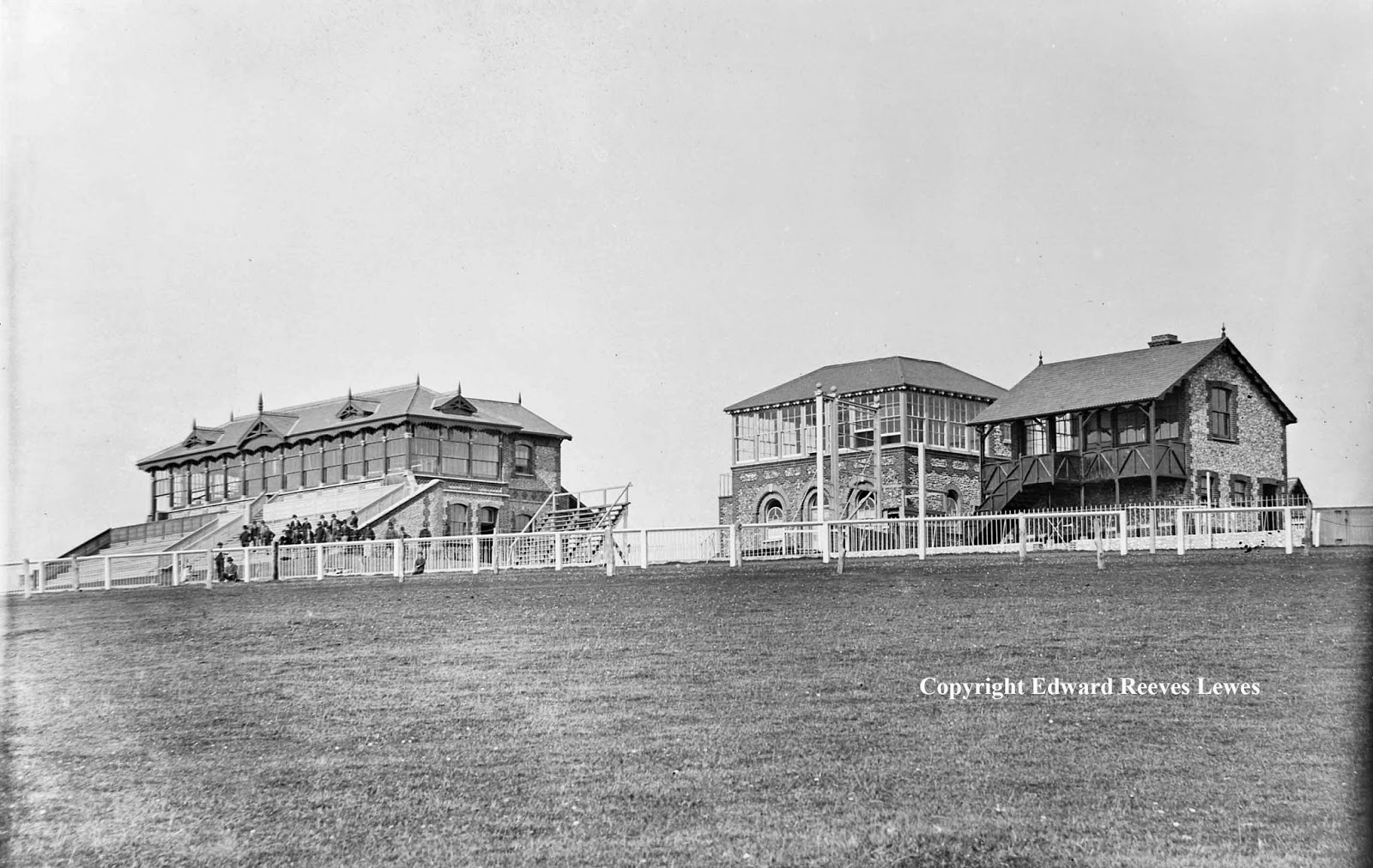Peculiaridades de una Foto final en un hipódromo - Peculiarities of a photo finish at a racecourse
Premio Chamartín 03Mar13 (foto oficial Hipódromo de La Zarzuela, Madrid)
(Please look for the English version below)
En un artículo anterior, explicamos en este blog que es una foto final, como funciona y cuales son las diferencias mas relevantes con una foto tradicional. El enlace a ese artículo es el siguiente :
En un artículo anterior, explicamos en este blog que es una foto final, como funciona y cuales son las diferencias mas relevantes con una foto tradicional. El enlace a ese artículo es el siguiente :
Artículo : Foto final - Photo Finish
Lo que no quedó suficientemente claro son las peculiaridades de una de estas fotos en un hipódromo que hacen sea algo único en el mundo en un espectáculo deportivo.
A veces se escucha a varios aficionados comentando que el caballo que viene alejado de los palos (la valla interior de la pista), tiene ventaja sobre el que lo hace pegado a ella. Otras veces, los espectadores ubicados justo en la línea de meta o cerca de ella, dan por ganador a uno de los participantes y luego es anunciado otro caballo en esa primera posición.
A pesar de que la foto final se muestre a los pocos minutos de terminar una carrera, muchos aficionados, al no saber como funciona, protestan, reclaman y critican a los profesionales del equipo encargado de este dispositivo.
¿Porque lo hacen? : al margen de la apuesta que puedan llevar en el bolsillo, lo que les hace pensar que ha habido un error o que funciona mal la cámara encargada de mostrar la posición de cada caballo en la meta, es que confían mas en su percepción visual por encima de otra cosa.
Y eso, en un hipódromo suele jugarnos una mala pasada por un motivo muy sencillo :
Las tribunas, de un hipódromo bien construido, no son paralelas a la pista, por lo tanto, el espectador, aunque esté situado enfrente del poste de llegada, no puede precisar correctamente que caballo llega el primero, sencillamente porque la línea de llegada (esa línea imaginaria) incide con las vallas en un ángulo diferente a 90º lo que provoca que nuestros ojos nos engañen.
Para explicar de forma mas gráfica este echo, hemos elegido las fotos aéreas de varios hipódromos famosos que están repartidos en diferentes continentes.
A estas fotos hemos añadido varias cosas :
> Dos líneas naranjas, marcadas con el número 1. Son las vallas de la pista.
> Una línea azul (solo en dos fotos), marcada con el número 2. La tribuna mas alejada de la meta.
> Una línea roja, marcada con el número 3. Línea que muestra la orientación de la tribuna de meta.
> Una línea negra, marcada con el número 4. Es la línea de meta.
Esperamos haber aclarado lo suficiente este asunto a veces polémico pero lo que sí debemos tener claro es que, ante una foto final, lo que allí se puede comprobar, es la realidad de una llegada, no lo que nos han transmitido nuestros ojos que, a veces, es engañoso.
----
In a previous article, we explain in this blog that it is a final photo, how it works and what are the most relevant differences with a traditional photo. The link to that article is the following:
Article: Foto final - Photo finish
What was not clear enough are the peculiarities of one of these photos in a racetrack that they make is something unique in the world in a sports show.
Sometimes you hear several fans commenting that the horse that comes away from the inner fence of the track, has an advantage over the one that makes it stuck to it. Other times, the spectators located right on or near the finish line give the winner one of the participants and then another horse is announced in that first position.
Although the final photo is shown within minutes of finishing a race, many fans, not knowing how it works, protest, complain and criticize the professionals of the team in charge of this device.
Why do they do it? : regardless of the bet that they can carry in their pocket, which makes them think that there has been an error or that the camera in charge of showing the position of each horse in the goal is wrong, it is that they trust more in their visual perception by on top of something else.
And that, in a racetrack usually plays a trick on us for a very simple reason:
The grandstands, of a well-built racecourse, are not parallel to the track, therefore, the spectator, even if it is located opposite the arrival post, can not specify correctly which horse arrives first, simply because the finish line (that imaginary line) affects the fences at a different angle to 90º, which causes our eyes to deceive us.
To explain this fact more graphically, we have chosen the aerial photos of several famous racetracks that are spread over different continents.
To these photos we have added several things:
> Two orange lines, marked with the number 1. They are the fences of the track.
> A blue line (only in two photos), marked with the number 2. The tribune furthest from the goal.
> A red line, marked with the number 3. Line that shows the orientation of the grandstand.
> A black line, marked with the number 4. It is the finish line.
We hope we have clarified enough this sometimes controversial issue but what we should have clear is that, in front of a final photo, what can be verified there, is the reality of an arrival, not what our eyes have transmitted to us. Sometimes, it is deceptive.









Comentarios
Publicar un comentario